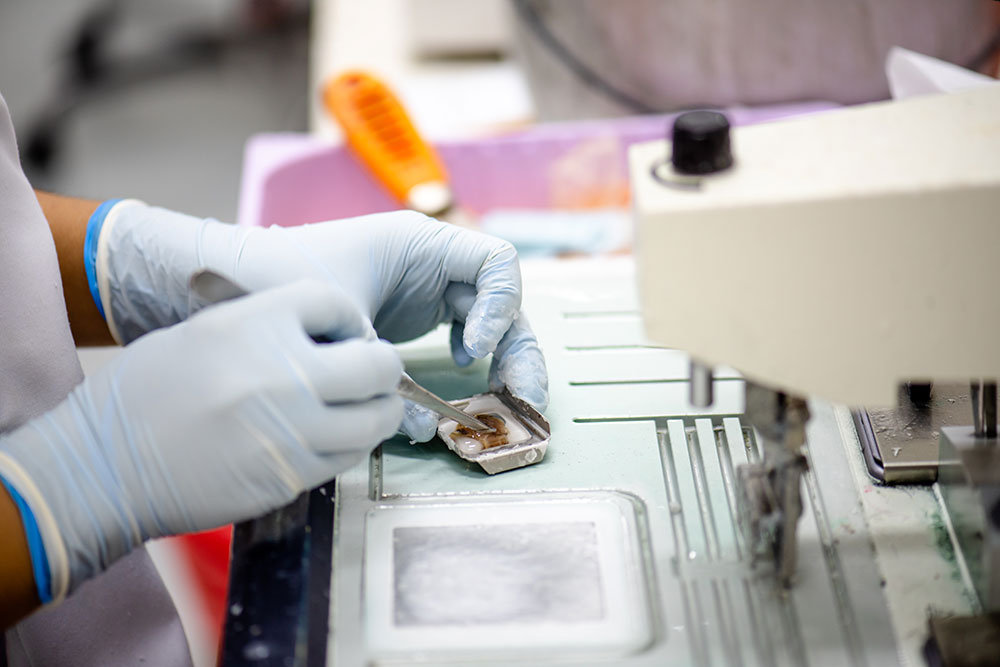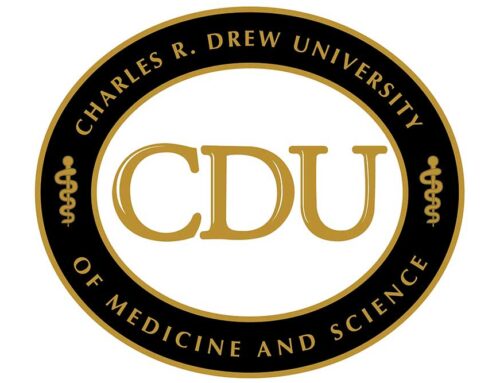
Pathology and laboratory medicine services play a vital role in global health care and continuously improve patient care around the world. When it comes to your medical care, you have many options, and choosing the right professional could improve your health. So what exactly does a pathologist do, and do I have the power to choose my own pathologist?
The pathologist’s role
A pathologist is a medical doctor who studies the causes and effects of diseases, specifically examining laboratory samples of body tissue. Most patients never actually see or meet their pathologist because someone else usually performs the procedure (i.e., blood draw or biopsy), take it to the laboratory for a pathologist to study and who will make the diagnosis. Then the patient’s doctor will provide the results. A cytopathologist is a specialized pathologist who looks at and interprets cells to determine the cause or nature of disease. Combining multiple roles, some pathologists are also specialists who also perform biopsies such as fine need aspiration (FNA), often in combination with ultrasound to pinpoint a lesion’s location.
FNA vs. surgical biopsy
Someone once said that medicine is an art practiced by a scientist. Nowhere is that truer than in the practice of FNA, where the correct technique is critical for accurate samples. In order to determine whether a lump is malignant, cancerous cells from the area must be examined under a microscope. Those cells can be obtained with an open biopsy or an FNA biopsy. An open biopsy, as you might expect, is a surgical procedure. It may take weeks to set up the appointment. You need a general or local anesthetic. These procedures are usually done in an outpatient surgery center or hospital. The surgeon makes an incision, or cut, in the skin and removes the questionable tissue. There is a certain amount of tissue trauma and bleeding, which means it takes more time to recover. An FNA biopsy is done in a doctor’s office with a very tiny needle. Not only can the appointment be made within days, it is much less uncomfortable, and has less risk of bleeding or trauma to the tissue. From the patient’s perspective, an FNA is faster, can be performed in a doctor’s office, is less expensive and there is less tissue trauma than with an open biopsy.
FNA accuracy
Fine needle aspiration was once the preferred method used to diagnose breast and other cancers. Unfortunately, the medical community began to lose confidence in the procedure for certain body sites. Too many diagnoses were inaccurate. The primary reason for this was that doctors who were not properly trained in fine needle aspiration (FNA) biopsy were performing the procedure. One study found that physicians without formal training in FNA techniques missed as many as one-quarter of cancers. Formally trained physicians missed only two percent. As with any technical medical skill, knowledge, experience and practice are what make FNAs accurate and useful.
Why training matters: the certified cytopathologist
All doctors spend an average of 7 to 12 years in training. While that gives them the necessary skills and knowledge for basic practice, there are many technical skills that doctors acquire through additional training. Fellowship training in cytopathology is a good example. The pathologist undergoes additional training in order to be able to evaluate microscopic pieces of tissue or “cells in space” to determine whether the lump is cancerous or not. A board-certified cytopathologist also receives additional training in performing and interpreting FNAs. In addition, the doctor must pass an exam specific to the specialty and complete ongoing continuing education to maintain that certification.
As a cytopathologist, they understand not only how to perform and interpret an FNA but also the importance of processing the sample correctly, which leads to a more accurate diagnosis. When FNAs are performed by other types of doctors (not cytopathologists), many times the tissue is considered inadequate to evaluate and the patient has to come back for a repeat biopsy. Moreover, a cytopathologist is the only doctor who can immediately look at the tissue under the microscope, while the patient waits, to make sure there is enough to make a correct final diagnosis. Through the use of ultrasound, the FNA specialist can also determine the exact location of the lump in order to obtain a good sample while minimizing tissue trauma.
If you have a lump and are concerned it might be cancer, you may need of a biopsy. If so, an FNA specialist who is also a certified cytopathologist is the optimal choice, because they can perform the fastest, most accurate test for malignancy, while being minimally invasive, cost-effective and offering quick, often same-day results. Take your time finding a medical professional that fits your needs and can provide you the best medical attention. Not all doctors or pathologists are created equal, so make sure you do your research and find the best option for your health.
Celina Nadelman is a pathologist and can be reached at her self-titled site, Dr. Celina Nadelman.




